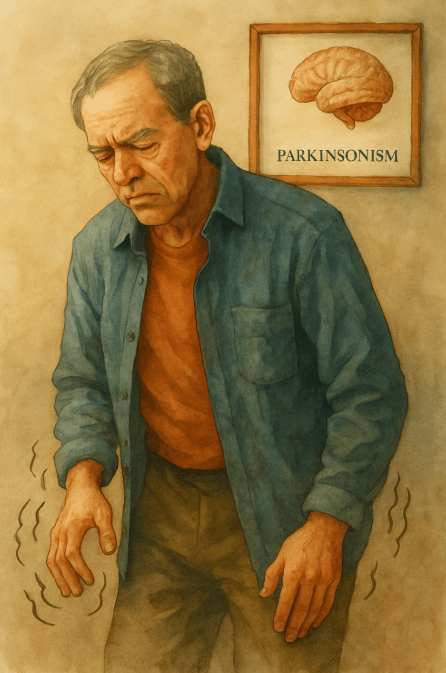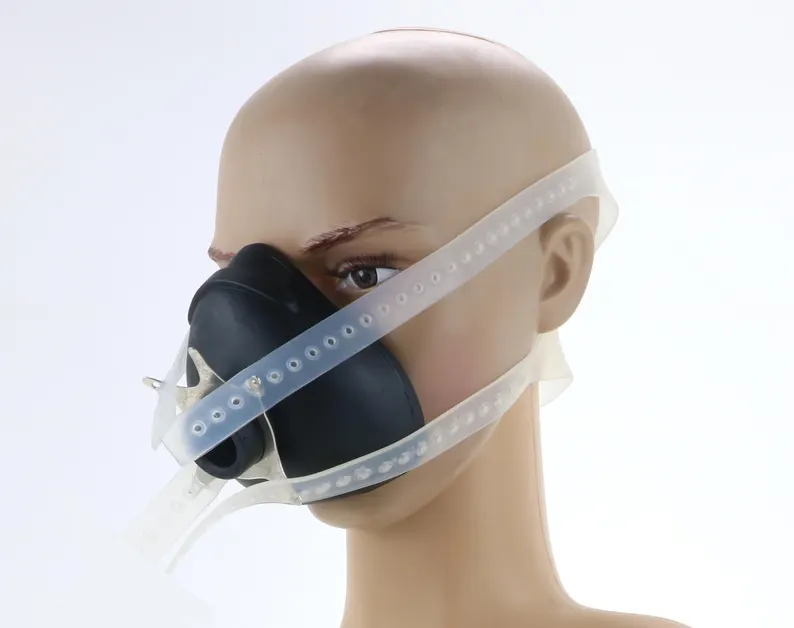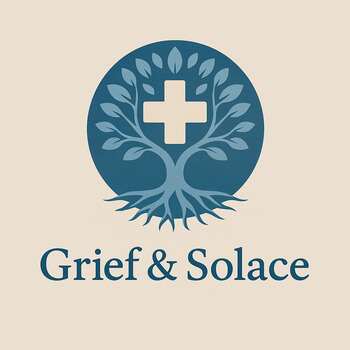Grieving X-Linked Dystonia: When the Body Locks Away the Spirit
Grief with X-linked dystonia is brutal, watching movements twist and tighten, while the mind stays painfully aware of everything slipping away.

This post blends real grief with grounded knowledge. It isn’t clinical. It isn’t distant. It’s meant to sit beside you—not above you. The story you’ll read is meant to reflect what so many feel when living through or witnessing this condition: confusion, exhaustion, and quiet forms of courage.
If what you read feels familiar, please speak with your doctor. Your pain deserves more than silence.
He Stayed Sharp While His Body Forgot How to Follow
He didn’t appear sick… That was part of the challenge…
He laughed just like any other child. He wore superhero pajamas, constructed Lego cities, and begged for one more bedtime story. Yet, he also learned to recognize the signs of a fever before it fully set in. He understood the necessity of keeping his distance whenever someone sneezed and grasped the difference between a simple cold and a trip to the hospital…
By the time he turned five, he could pronounce “X-linked Agammaglobulinemia” more clearly than most doctors. He didn’t have antibodies and wasn’t able to produce them. The blueprints for his defense system had skipped him, much like a missed inheritance.
🧠 Symptoms:
Most infants with XLA appear healthy at birth and during early infancy due to maternal antibodies. However, symptoms typically emerge after 6 months, when passive immunity wanes:
– Recurrent bacterial infections:
– Otitis media (middle ear infections)
– Sinusitis
– Pneumonia
– Skin abscesses
– Bloodstream infections (sepsis)
– Low or absent tonsils
– Small or non-palpable lymph nodes
– Delayed diagnosis in milder or late-onset cases
Each month, he sat quietly for his infusion. An IV drip streamed in what his body could not generate, protection from others, carefully delivered into his arm while cartoons played softly in the background.
He never shed a tear. Not when the needle pierced his skin, nor when nurses murmured words of praise about his bravery…
His mother bore the weight of guilt in silence. She was a carrier, unaware of her status until it was too late. Now, she was burdened with knowledge. Every scraped knee carried an element of risk, and each cough in a packed room felt like a loaded weapon.
She transformed into a fortress, armed with sanitizer, gloves, and a series of declined birthday party invitations. Christmases were celebrated with masks, not out of fear, but out of love that took the form of vigilance.
Complications:
If not managed effectively, XLA can lead to:
– Chronic lung disease (bronchiectasis from recurrent pneumonia)
– Infectious arthritis
– Increased risk of certain cancers
– Central nervous system infections
– Serious vaccine reactions, especially to live vaccines (MMR, polio, varicella)
Causes:
XLA is caused by mutations in the BTK (Bruton Tyrosine Kinase) gene, essential for B-cell development. Without functional B cells, patients cannot produce immunoglobulins, leaving them unable to mount an effective immune response.
– Approximately 40% of cases have a family history
– Inherited via an X-linked recessive pattern
– Carriers (typically mothers) have a 50% chance of passing the affected gene to sons
Upon reaching the age of ten, he asked, “Why do I always have to be careful when no one else is?”
His mother didn’t sugarcoat her answer. She replied, “Because your body needs backup, but your spirit doesn’t.”
He nodded, refraining from tears. Instead, he gazed out of the car window and murmured, “It’s not fair.”
It wasn’t… It still isn’t…
He occasionally missed school and sports, observing other kids tackle each other in the mud while he sat on the sidelines, counting his breaths.
However, he discovered his own rhythm…embracing books, stories, and strategic games that didn’t require physical strength, just mental clarity.
For even when his body faltered, his mind remained steady. He stayed sharp and observant, one step ahead.
When his little sister fell ill one winter, he chose to stay away for a week. He left her a note by the door: “Get better soon. I miss you more than the air.”
Now, at seventeen, he continues his infusions, adapts, and navigates life with an immune system that seems to have forgotten something…yet he remembers.
His body may have lacked the blueprints for defense, but he built his life brick by brick, within clean rooms and quiet victories. Every breath he takes is one that the world nearly stole from him…
📘 Diagnosis & Treatment
Diagnosis
– Clinical history of recurrent infections in early childhood
– Physical findings: absent tonsils and lymph nodes
– Laboratory tests:
– Near absence of all immunoglobulin classes (IgG, IgA, IgM)
– Extremely low or absent B cells (CD19+ cells)
– Genetic testing confirms BTK mutation
Treatment
Immunoglobulin Replacement Therapy
– Gammaglobulin (IVIG or SCIG): Provides passive immunity
– IV every 2–4 weeks or subcutaneous weekly
– Reduces infections and improves quality of life
– Possible side effects: headache, nausea, back pain—especially during illness
Antibiotics
– Prophylactic antibiotics for recurrent or severe infections
– Targeted antibiotics used longer than in immunocompetent patients
Lifestyle Modifications
– Avoid live vaccines
– Frequent medical monitoring (every 6–12 months)
– Education on early signs of infection
– Coordination with immunologists and infectious disease specialists
Prognosis
– With treatment, individuals can live relatively normal, active lives
– Untreated, XLA can result in life-threatening infections and early death
– Lifelong management is required; there is no current cure
Living With It (Grief & Solace Interpretation)
XLA is an invisible war fought on cellular ground.
It often begins in childhood—with a cough that doesn’t fade, an ear that keeps filling, a fever that won’t break. And then the hospital visits begin. The infusions. The fear. The realization that protection doesn’t come naturally—it must be given every few weeks, by vial and vein.
There’s grief in knowing your immune system was built incomplete. In watching others get sick and recover while you tread carefully every day. In having to sit out the school field trip because someone else brought the flu.
But there’s also clarity. Families grow fierce. Children grow resilient. The body may be compromised—but the spirit often isn’t. With each infusion, the body is reminded: you are not alone in this fight.
And in that, there is hope.
I know this is heavy, and I understand that the road ahead may feel like a tangle of loss and unanswered questions. But please hear this: you are not broken because you are hurting; you are not weak because you are afraid. You are living through something real, and survival itself is a kind of grace. You are allowed to struggle, you are allowed to hope, and you are allowed to not have all the answers today. Whatever comes next, you do not face it empty-handed; you carry every moment of love that shaped you, and that will always be enough to keep going.
🎀 Gifts to help With X-Linked Dystonia
🏥 Everyday Comforts for Everyday Battles
Managing X-Linked Dystonia often means needing a little extra help.
Sometimes it’s about restoring dignity, ease, or simply getting through the day with less pain.
These carefully chosen tools aren’t just items; they’re small bridges back to living.
This section is about finding practical support, never shame.
Medical Mask – Daily Armor for a Body That Can’t Afford a Cough
For someone with XLA, a simple cold can turn life-threatening. This mask includes a high-filtration medical mask. Designed for immune-compromised patients—not just safety, but survivability.
🌿 Paths to Healing Beyond the Map
Sometimes traditional medicine isn’t enough.
If you’re exploring gentle, alternative options to help with X-Linked Dystonia,
you might find comfort in plant-based compounds like **CBD or CBG**.
*This section is not medical advice, just a door left open.*
USA Medical Total Health Master Pack – Gentle Support for the Immune System That Can’t Defend
XLA isn’t curable, and antibody infusions don’t fix fatigue, stress, or inflammation. This Total Pack supports the body’s baseline systems—sleep, nervous regulation, recovery—while the immune therapy does its work. It won’t replace immunoglobulins. But it may help the rest of the body hold the line.
Need a Different Path Forward?
Every journey through grief looks different. Choose the next step that speaks to where you are now:
When You're Ready to Start Healing
Healing doesn’t mean forgetting.
It means finding small ways to carry your grief with strength and grace.
These are the stories, tools, and gentle steps to begin walking forward…at your own pace.
When You're Still in the Thick of It
Sometimes healing feels like a lie.
If you’re not ready to move on…if the pain still roars louder than the world wants to hear…this is the place where you’re allowed to feel it.
No sugarcoating. No pretending. Just truth.
When You're Holding on to Who’s Still Here
Grief reminds us to love louder.
If someone you love is still with you, this is your place to celebrate them, honor them, and create new memories while there’s still time.
Joy and sorrow can live side by side.






